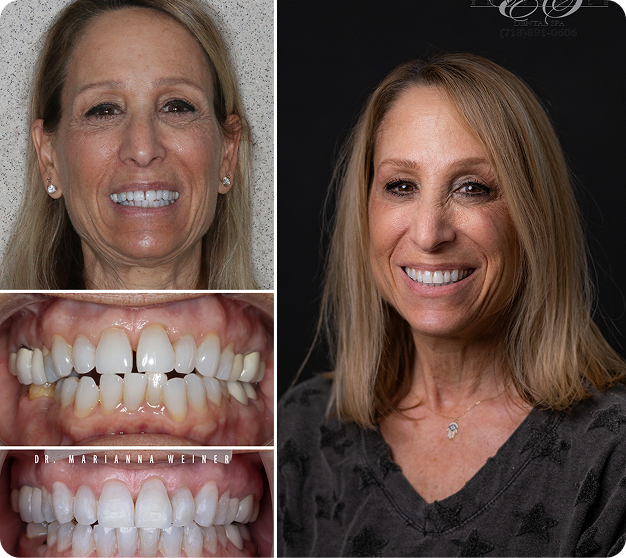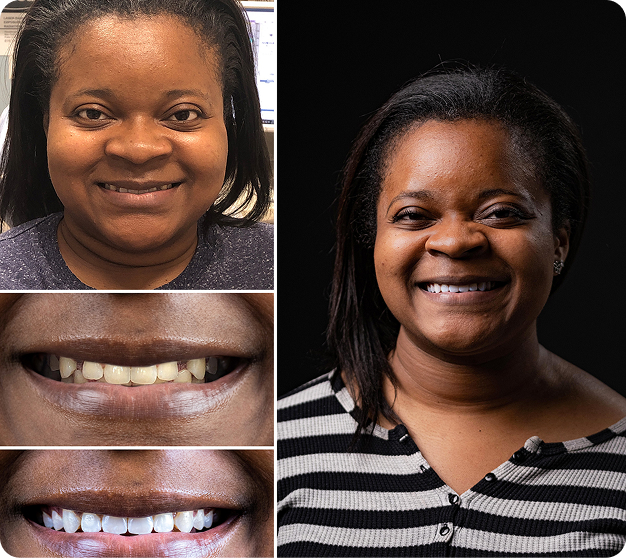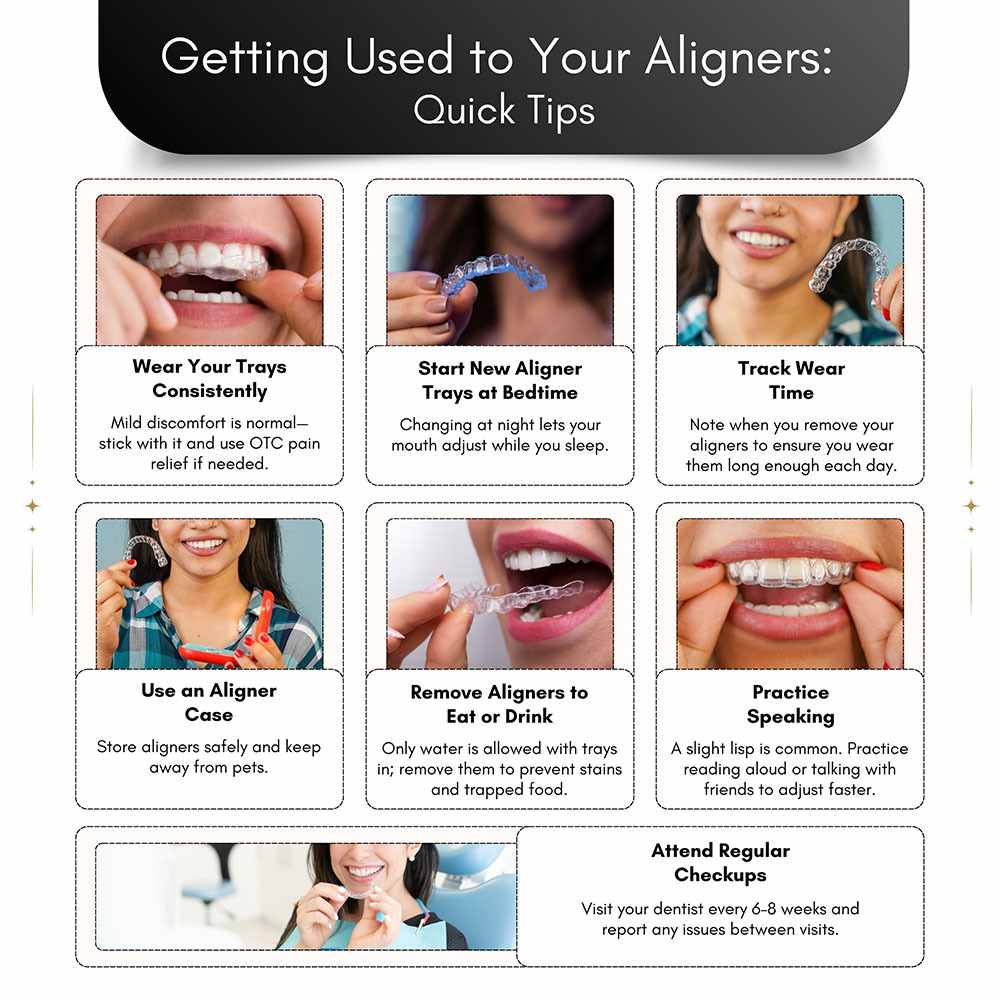
What to Expect During Treatment?
Daily Wear Guidelines
Invisalign recommends wearing aligners for at least 20 to 22 hours daily. Ideally, we would prefer you only remove them for oral care and when eating and drinking anything other than water.
Failing to follow these guidelines and regularly leaving your aligners out can disrupt your treatment plan. It may delay completion or mean the results are not as expected.
Caring for Your Aligners
It’s important to keep your aligners clean and hygienic. Properly cleaning them will also prevent them from going cloudy.
When you remove your aligners, brush them gently to help remove dental plaque using clean, warm water or gentle dish soap. Do not use toothpaste that could be too abrasive.
Invisalign produces proprietary cleaning solutions designed specifically to dissolve dental plaque quickly.
Options include deep-cleaning crystals that will remove plaque from your aligners in about 15 minutes. You can also purchase a sanitizing case that uses UV light to disinfect your aligners quickly and conveniently wherever you are without needing water or chemicals.
We can discuss all these options with you and will show you how to clean your aligners thoroughly. You can then choose the method that will suit you best.

Patient Experience
Changing Your Aligners
You will be provided with a schedule to follow that will show you when to change each set of aligners. Usually, this is every two weeks.
When it’s time to change over, discard your current set and begin using your new set of aligners like before.
Getting Used to Your Aligners
Any new dental appliance will take a bit of getting used to, and below are some useful tips to follow.

Tip 1: Keep Wearing Your Trays
Initially, when you start wearing your aligners, you may have mild discomfort. This is expected with any orthodontic treatment as your teeth are forced to move positions.
The discomfort should go away as you get used to wearing your aligners. In the meantime, you can use over-the-counter painkillers to help relieve these sensations.
If the discomfort continues or is too much to cope with, contact our emergency orthodontist for help and advice. Wearing aligners should not cause you serious pain.
Tip 2: Start Wearing the New Aligner Trays at Bedtime
When you need to change to a new set of aligner trays, try wearing them at bedtime. This allows your mouth time to get used to the aligners while you sleep.
Tip 3: Keep Track of Your Wear Time
You will remove your aligner trays several times a day, so it’s worth keeping track of when you leave them out. Using a tracking app will help ensure you wear them for long enough and alert you when it’s time to put them back in. A mobile app can also alert you when it’s time to switch out your current trays for a new set.
Tip 4: Keep an Aligner Case with You Wherever You Are
It’s easy to lose or mislay aligner trays when they are removed. Ensure you have an aligner case wherever you can store them safely. Also, keep your aligners out of the reach of pets. Dogs can be attracted to the scent of saliva and may use them as chew toys.
Tip 5: Always Remove Your Aligners When Eating and Drinking
Taking out your aligners whenever you want something to eat and drink might seem a hassle, but it is important. You must always remove them for anything other than water.
Failing to do so could lead to your aligners becoming stained and unsightly. It also increases the risk of food debris becoming trapped underneath them, so you are at higher risk of developing tooth decay or gum disease.
Tip 6: Practice Speaking with Your Aligners
You might find that your speech is affected slightly, although most people have no difficulties with speech.
Some people develop a slight lisp when making certain sounds, particularly sh or s. If you notice this problem, keep practicing enunciating words that cause issues. One tip is to try reading aloud or speaking with family and friends.
Regular Checkups
You must return to our Brooklyn Invisalign Center regularly, usually between six and eight weeks. These visits are quick and painless but are important.
Every time you return to our office for your checkup, we can assess how well your teeth are straightening. If necessary, we can adjust your treatment plan and provide new aligners.
It’s also your chance to discuss any issues that have arisen since your last checkup. Of course, you can always contact us between dental checkups.
Completing Your Treatment
Once your treatment is complete, we can assess the final results. At this stage, we can also make any final adjustments if needed.
Post-Treatment
Your Invisalign treatment doesn’t finish once you stop wearing your aligners. You will need to wear retainers afterward to maintain the results.
Initially, you will need to wear your retainers all the time. During your treatment, your teeth and tooth roots have moved. It takes a while for your teeth to settle in their new positions and for your jawbone to remodel around your tooth roots.
“ Great experience, they were very thorough about my scan and what to expect with the timeline of the invisalign. Staff is very friendly. Camera man made me laugh through the process. I definitely recommend. “

Yvette Merced Invisalign Patient
Types of Retainers
There are two types of retainers available. They can be fixed or removable.
Removable Retainers
Invisalign produces removable, custom-made Vivera retainers using the same technology as your aligners. These are comfortable to wear, especially as your teeth are no longer moving, and can be cared for exactly like aligners.
Fixed Retainers
A fixed dental retainer may be appropriate if you think you will not remember to wear Vivera retainers. Fixed retainers are usually thin wire cemented on the inner surfaces of your teeth, holding them in place. However, fixed retainers can be trickier to care for as you must clean around the wire thoroughly.
Even though your teeth are straightened, they will try to move back to their original positions, which can also happen with age. Therefore, you must wear your retainers regularly for the rest of your life if you wish to maintain your treatment results.
Usually, it’s only necessary to wear your retainers once or twice a week, but it’s a good routine to develop and will protect all your hard work and investment in your smile.
Conditions Treated With Invisalign
- Invisalign for Overbite
- Invisalign for Crossbite
- Invisalign for Crowded Teeth
- Invisalign for Underbite
- Invisalign for Gap Teeth
- Invisalign for Open Bite
Related Articles
- Invisalign vs Breezy Braces
- Invisalign vs SureSmile
- Invisalign vs Clear Braces
- Invisalign vs Traditional Braces
Inivisalign treatment is generally convenient and doesn’t require any major changes in your daily routine. Following guidelines and wearing aligners at least 20 to 22 hours daily are key to the best results. At our Brooklyn Invisalign office, orthodontist will answer all your questions and provide you with a personalized treatment plan. Contact our office at (718) 375-3757.

